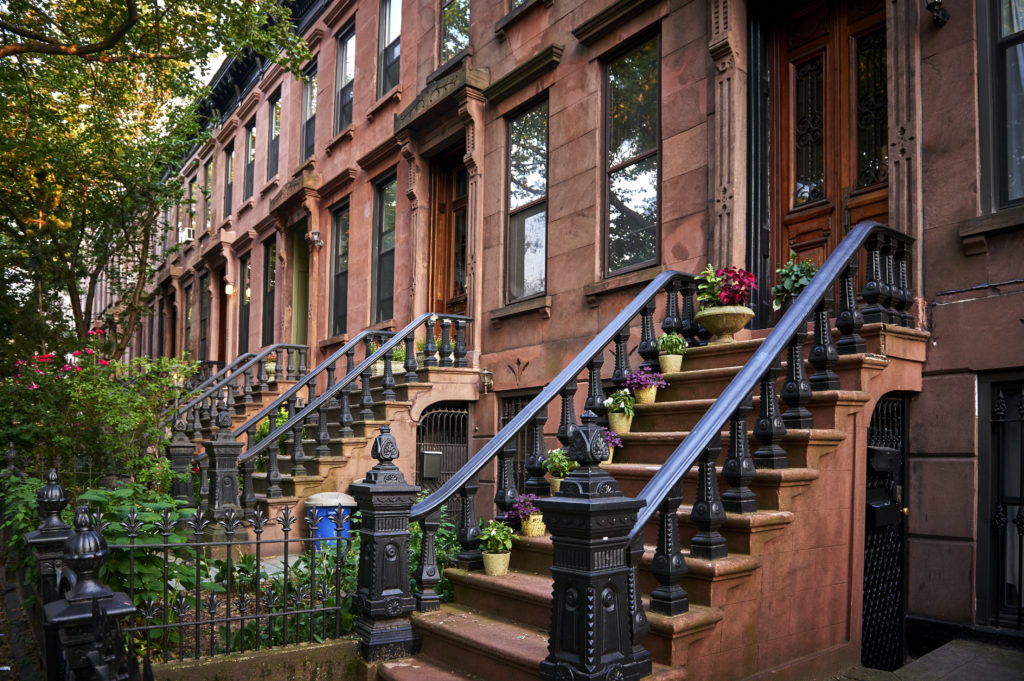In today’s world, the reliability of your home WiFi network can feel as crucial as running water and electricity. And just like we’ve grown accustomed to lights coming on at the flip of a switch and clean water readily flowing from our faucets, we want to be able to count on our internet connection whenever and wherever we need it in the house.
Reality can be quite different. Who hasn’t been in their bedroom trying to watch a short video on social media before bed, and encountered frustrating buffering? It’s almost midnight, so you just know it can’t be mere bandwidth issues. Anyone who has found themselves standing in the kitchen for a video conference, because it’s the only place they can depend on an hourlong solid connection, knows that WiFi isn’t always reliable.
Have you ever wondered what the deal is in your home? What makes some parts of the house great for web surfing and others totally frustrating? And why do the dead zones sometimes change?
It turns out that because WiFi signals are radio waves, a variety of elements can obstruct them or interfere with them. Without a mesh network to efficiently rebroadcast the signal so that it reaches around corners and other obstacles, your home’s dead zones may be due to some things that may surprise you.
Bad router placement
A lot of people just leave their router where the connecting wires come into the house. If that’s the case, the signal ends up being generated far from where you actually use the Internet. The farther from the router, the weaker the signal, even without any other interference.
Your home is old or has solid walls
It turns out, the more solidly your home is built, the more likely the interior walls are blocking your WiFi signal. Some old homes with walls made of plaster often have metal supports (sometimes made of chicken wire!) that can prevent your router’s signal from reaching your device. Concrete and brick are other materials that can block radio waves.
Your home is too big
The average router can only broadcast the WiFi signal so far, so with a sprawling, spread-out house, you will experience a weaker signal the farther you get from the router and possibly be unable to detect any signal at all at the farthest points. And if your place covers multiple stories, the combination of distance from the router and the materials in the floors and ceilings between the router and your device will cause dead zones.
You have large solid pieces of furniture
From that massive credenza that you scored at that sample sale to the metal shelves you use to house your collection of design books, large pieces of furniture like metal desks, solid wood slabs, and other barriers can prevent your WiFi signal from passing.
Your other electronic devices
Maybe that crazy old uncle was onto something when we accused the microwave of futzing with the TV and the phone. Small household devices as varied as baby monitors, wireless sound systems, microwave ovens, baby monitors and old cordless phones actually can interfere with router signals.
Other people’s WiFi
If you are in an apartment, overlapping WiFi networks could be to blame. When each residence has its own WiFi network and neighbors use the same wireless channel, there is often interference. This type of impact on network strength can also occur in closely grouped single-family homes and townhouses. (Easy fix: change the wireless channel your own router uses. Let the rest of them hang out on the same band.)
Other people in your home
Your housemates, related or not, do more than just use up all the hot water! There is limited bandwidth on your WiFi connection and if someone is using it in ways that hog it all up, it will slow down the signal for everyone else. Online games, streaming video, torrents and video chat are all common culprits for a household’s seemingly weak WiFi.
Your beautiful things including fish tanks
Did you know that water in a large fish tank can negatively influence your WiFi? All sorts of gorgeous things that reflect visible light also reflect radio waves and can lead to WiFi dead zones. We’re talking water, ceramic, mirrors and things like that. And speaking of things that we love to look at but that can put a damper on your network, we sadly report that Christmas lights can be a seasonal WiFi-fritzing surprise! (This is one thing we can safely blame on electromagnetic radiation, without risking controversy.)
Your old router or old router settings
It may be time to upgrade to a new router, one that can use both 2.4GHz and 5GH bands. And if you’re using old WEP security or *GASP* your network is Open with no security, WiFi theft and unauthorized use could be slowing down your speeds. An upgrade to an intelligent, more modern router system is a suggestion growing more common for people who want to make sure they have strong WiFi in every corner of their home.
Your router needs a reboot
When your router hasn’t been rebooted in a long time, expect performance to suffer. Much like our phones and laptops, our routers need regular restarts. This often-neglected fix is a leading reason for WiFi issues. Some new router systems, like eero, include timed reboots, meaning you can solve a few of these WiFi dead zone causes with an equipment upgrade.
It’s frustrating and sometimes it doesn’t seem to make sense, but as the dependability of your WiFi becomes even more important to your daily life, it’s worth taking a look at what might be slowing things down and consider making some small changes and even updating your system to keep your signal flowing with ease.



You must be logged in to post a comment.